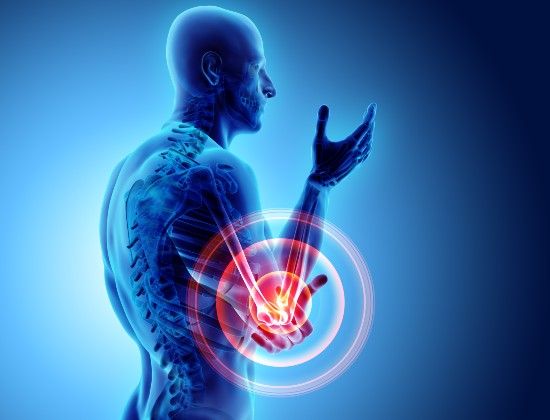Osteoarthritis (OA) of the elbow
What is elbow osteoarthritis (OA)?
A lubricating layer known as articular cartilage covers the ends of the bones in the elbow, and this helps to minimise friction within the joint. OA of the elbow is pain and irritation of the cartilage in the elbow.
What causes it?
As cartilage wears out, the rough surfaces of the bones begin to rub against one another and the elbow becomes painful, stiff and inflamed. OA usually develops after many years of use, which is why it normally affects people who are middle-aged or older. However, the vast majority of people with elbow OA have had some type of injury in the past, for example, a dislocation or fracture.
What are the symptoms?
Pain and a reduced range of motion within the joint.
Diagnosis
A medical examination and discussion of your symptoms is usually backed up by an X-ray, blood tests and, in some cases, an MRI scan to assess the extent of any damage.
Treatment
Treatment will depend on a number of factors including your medical history, age, future ambitions and the results of diagnostic imaging tests.
Non-operative treatment: this includes steroids and anti-inflammatory medications (if advised by your doctor) which can help to control the symptoms if the OA is in its early stages.
Surgery: if non-operative treatment does not relieve your symptoms, you may be advised to have surgery to clean up the joint (debridement). In the early stages this can usually be carried out using arthroscopy; however, if your OA is advanced you may need to have joint replacement surgery (arthroplasty).


